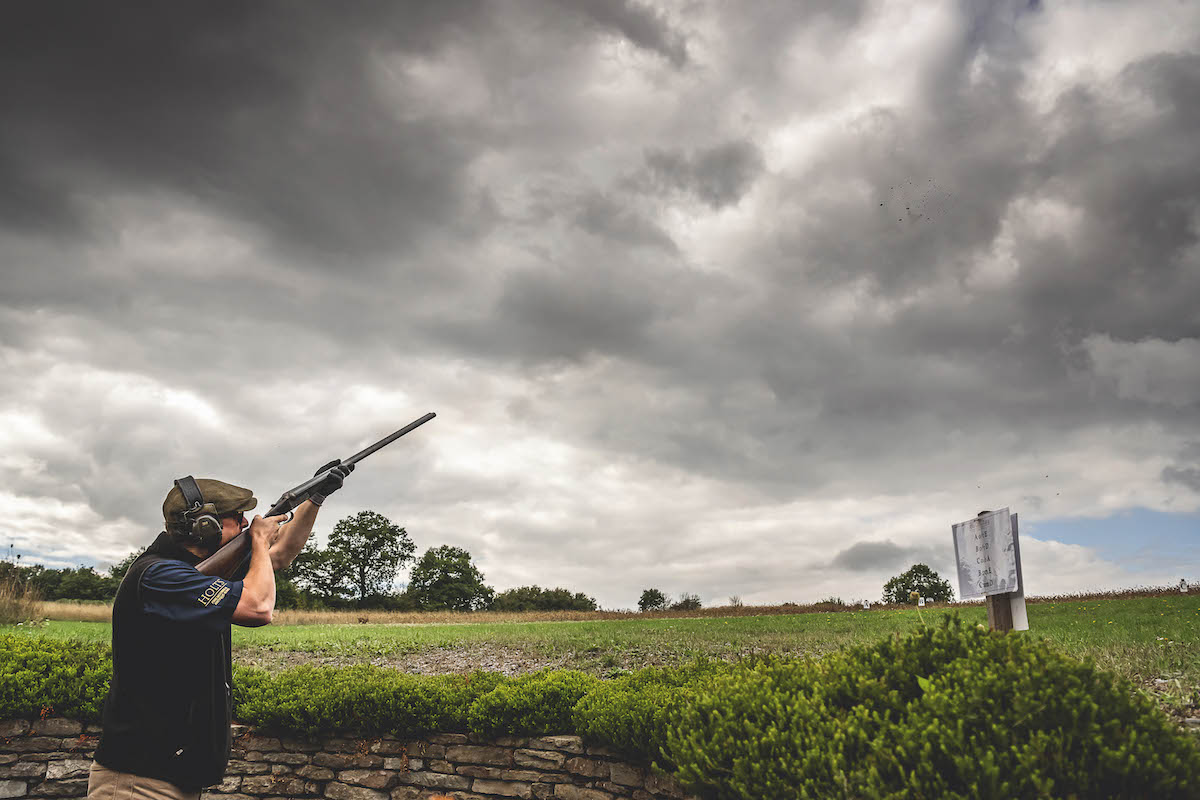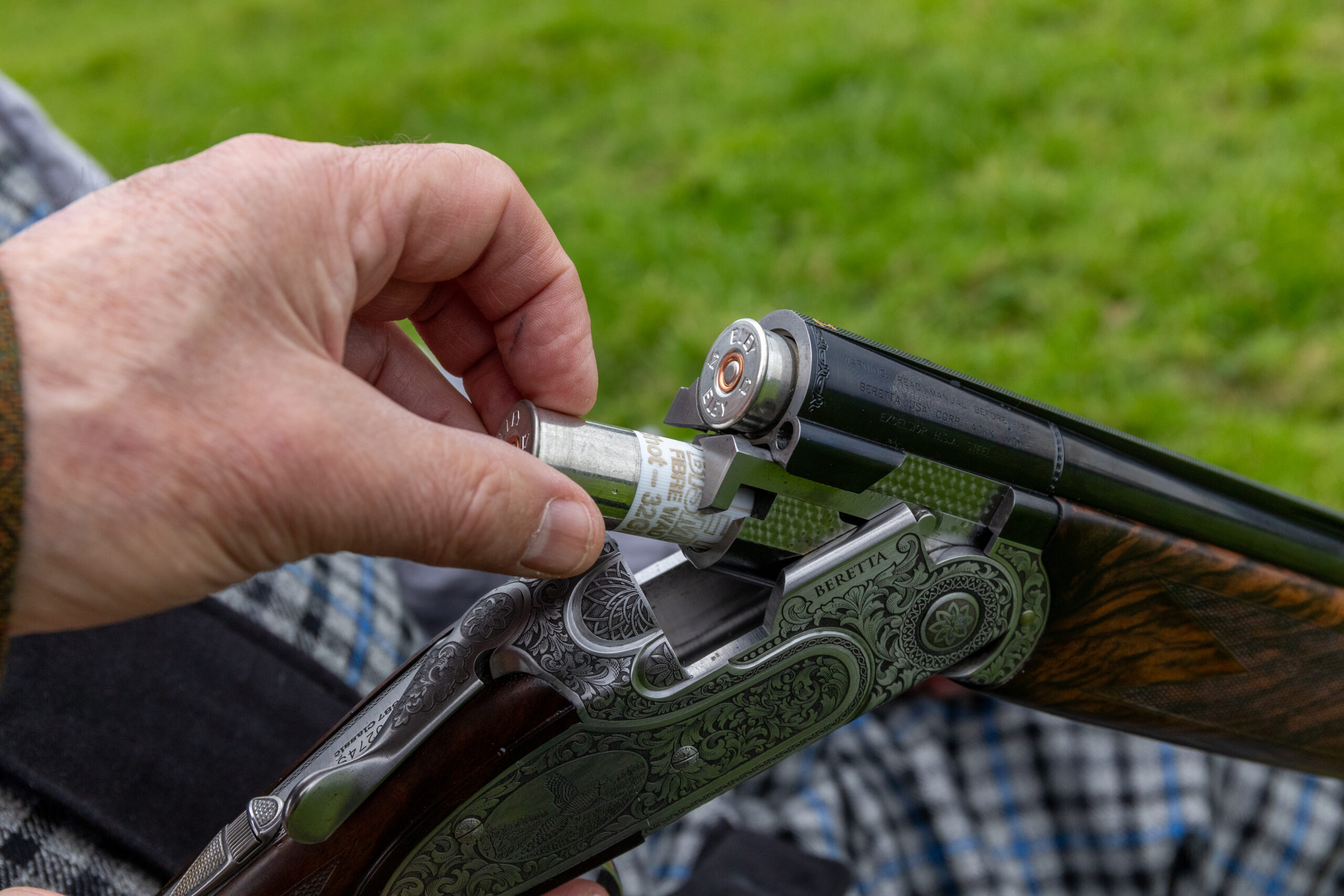Clay loads: is bigger better?
There’s a lot of choice when it comes to clay loads, but bigger isn’t always better, writes Simon Reinhold — just look at top Trap Shots

There's a of choice when it comes to clay loads
We have a natural tendency to believe that bigger is always better; that more pellets are always superior, but is that true? Clay Pigeon Shooting Association (CPSA) competitions in this country are limited to a maximum of 28g clay loads, but there are other events that are not governed by the CPSA rules and it is here, when the brakes are off, that some Shots fulfil the stereotype.
Size of clay loads
I noticed it this year at the Essex Masters, one of the biggest sporting clay competitions anywhere in the world. The competition is 200 targets shot over two courses, Red and Black. One of my friends who had shot the Red course earlier in the day sidled up to me as if on a covert mission. He opened his fist and with relish produced a 36g 7 ½, saying “you’re going to wish you had some of these when you get to stand 14”. His warning was meant in a friendly manner and he was genuinely offering me some of his cartridges, but I politely declined for no other reason than my clay shooting is a constant quest to reduce the number of variables in the equation and get as close as possible to a consistent result.
As it happened, I had changed my cartridges before the event. The Masters are mentally exhausting and, as a committed side-by-side shooter, recoil is a factor. We often see large loads used unnecessarily when out game shooting. Regularly using 36g loads, even through beefy over-and-unders, make it harder to get a good second shot off as you may be recovering from car crash-like recoil of the first shot, particularly if your gun doesn’t fit perfectly. (Read more on recoil here.)
During extensive trials, I quizzed the gunroom manager at Ian Coley Sporting in Gloucestershire. I stated I wanted a high-quality cartridge with minimal, manageable recoil. He smiled the way a man smiles when about to impart a useful secret: “If it’s good enough for a second-barrel break at Olympic Trap, then it will do anything you want it to.” I took his advice and settled on a 24g plastic wad load for competition. This is partly to reduce recoil and the associated fatigue, but also because much of successful shooting is confidence in one’s kit and if the Olympic Trap shooters can make it work for them, then that is good enough for me. (Read more on Trap shooting.)
Having shot reasonably well around the Red course (I would later struggle on the Black) I arrived at stand 14 to face a target designed to sort the sheep from the goats. The ‘A’ bird was reasonable — a fast battue looping and quartering away across a pond, although shooting over water can be a distraction as our eye is drawn to the pellets kicking up spume from the water. This was followed by the ‘B’ bird: a 60-yard 90mm midi, high over the trees on the opposite side of the pond. It was two pairs only, allowing no time to find the target before you were out of the stand.
My local clay ground, Chalk Farm near Swaffham in Norfolk, puts this type of target on regularly, so it held no trepidation for me and the 24g load easily broke all four targets. A few weeks later at my same local clay ground, which has an Extreme Compak sporting layout to test the very best, I posted my best score ever of 16/25. One well-known clay Shot enquired what cartridge I was using to get such good breaks out of my side-by-side. It was the same 24g load.

For most of us, 24g loads are more than enough
Academic argument
Debate continues among the chatterati of clay shooting about the merits or disadvantages of 24g over 28g and the 17% weight difference between the two loads. Put simply, for the majority of clay shooters, our ability fails before the percentage difference comes into the equation.
It can make a difference at the edge of range on testing targets, but then so does pellet size — the retained energy of a larger 7 ½-size pellet being more effective than its smaller 8-shot brother. However, the reduced recoil benefit may have more of a positive effect than the possible negative effect of the smaller pellet count.
Numerous parts in a cartridge make it more, or less, effective than another. Cup wads (biodegradable for game shooting, plastic for clays) add a degree of choke; fibre wads do not. Back-bored or over-bored barrels often perform less well with fibre wads than cup wads, but this can also be true with traditional side-by-sides, where barrels oversized by a century of hard use or lapping out of pits can pattern poorly with fibre wads.
Ultimately, for game shooting, we are looking for lethality: the ability to effect a quick and humane end on our quarry while still not ruining it for the table. Too many smaller-size pellets might have a better chance of penetrating a vital organ or blood vessel, but a piece of breast meat looking like a colander is not the best place for the home cook to start when looking to put a meal on the table.
Harder shot deforms less on its violent path down the barrel. One solution is to add antimony to the lead to create that hardness. However, there is evidence that lighter loads throw better patterns (all things being equal) because of the reduced competition for space in the shot column. This means the pellets deform less and fewer flyers are found on the edge of the pattern downrange. Poor patterns and too many flyers result in increased wounding rates, something we are all anxious to avoid.
There is, of course, a happy medium and it is often said that the square load of 1oz (28g) fired through a 16-bore is ballistically as good as it gets. It is so-called because the shot column is as wide as it is tall. While some big loads in vogue today might work well in some guns, the further we get away from the square load, the less efficient patterns tend to be in the majority of guns, especially when using small shot sizes and low-antimony, softer lead.

It’s early days in the evaluation of how various steel shot combinations work, but there have already been some very promising results
New steel era
Much of what we know about ballistics is based on lead shot and that knowledge will soon become irrelevant to the future of shooting in the UK (both clay and game). I have on my desk a sample of a new load from one of the most respected cartridge manufacturers in the world, which may add insight into what we think we know about shot sizes and weights.
It is a 24g steel load in 6 shot (2.79mm steel shot sizes being measured differently to lead) and has generated whispers among grouse Shots that when the correct powders are employed and the sweet spot of velocity is zeroed in on, a new chapter will be written regarding the capabilities of steel. As new alloys are developed and arrive on the scene so our experimentation and understanding will deepen.
Fundamentally this question remains a compromise between pattern and penetration for game shooting, and pattern and retained downrange energy for clay shooting. That much has not changed, but it would be a mistake to think that lighter loads are poorer performing. It is always worth seeking out the best you can afford as they are more likely to be loaded with the best components and a cartridge is always more than the sum of its parts.
That is before it meets the myriad of forcing cones, barrel profiles and chokes that will also have an influence on its performance, along with you swinging the gun to good effect.








